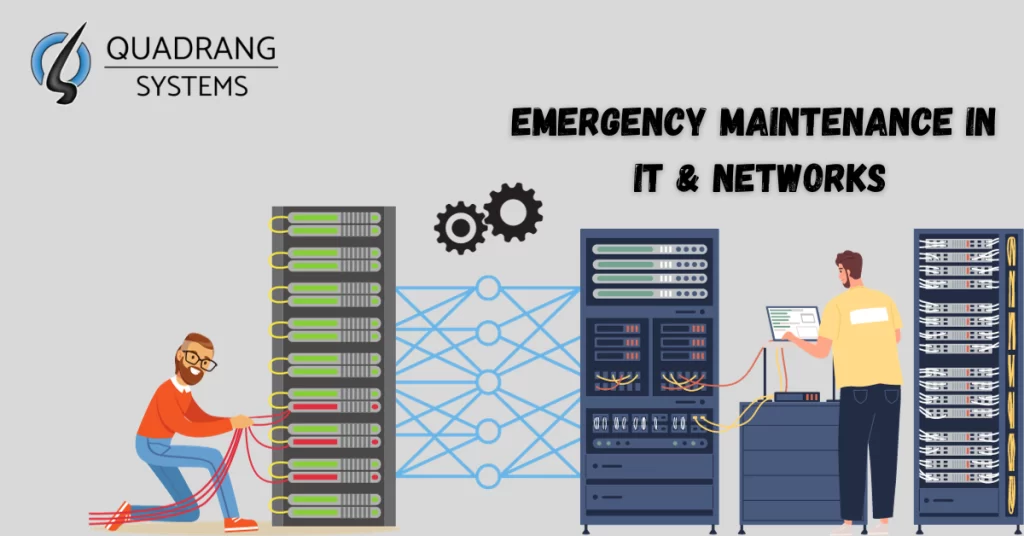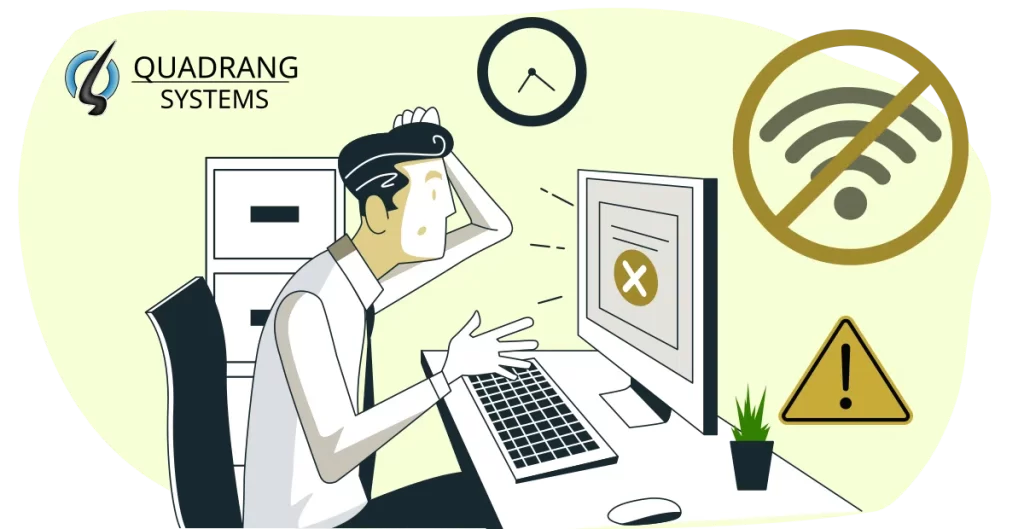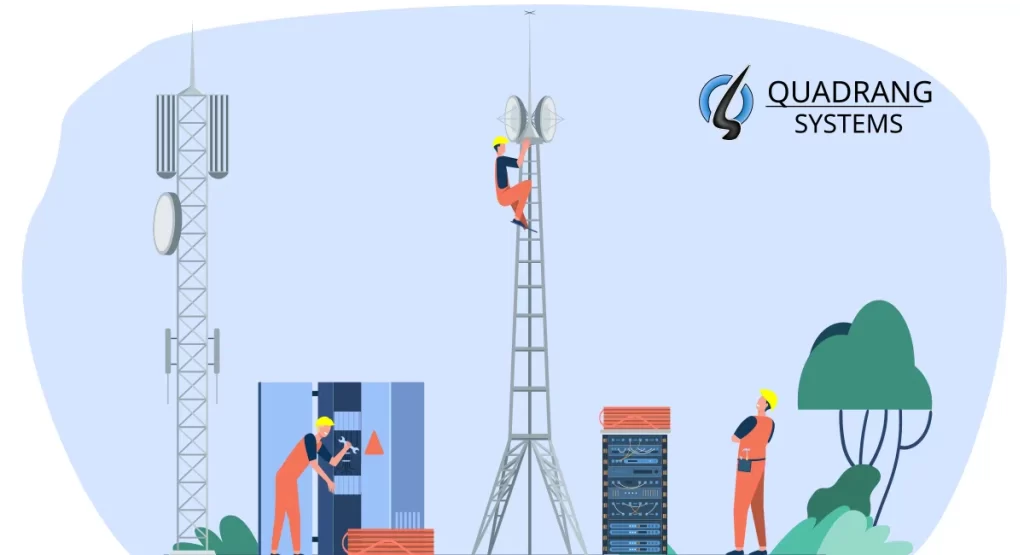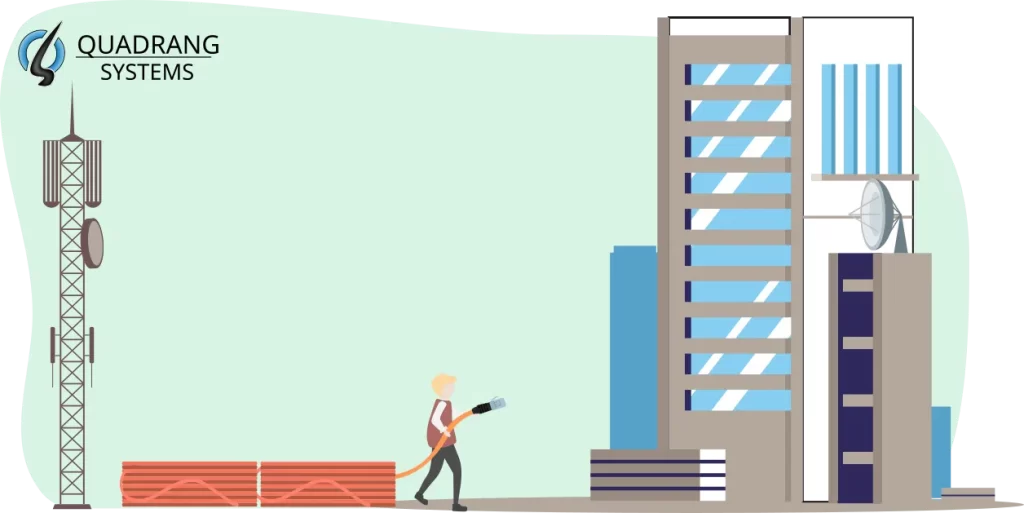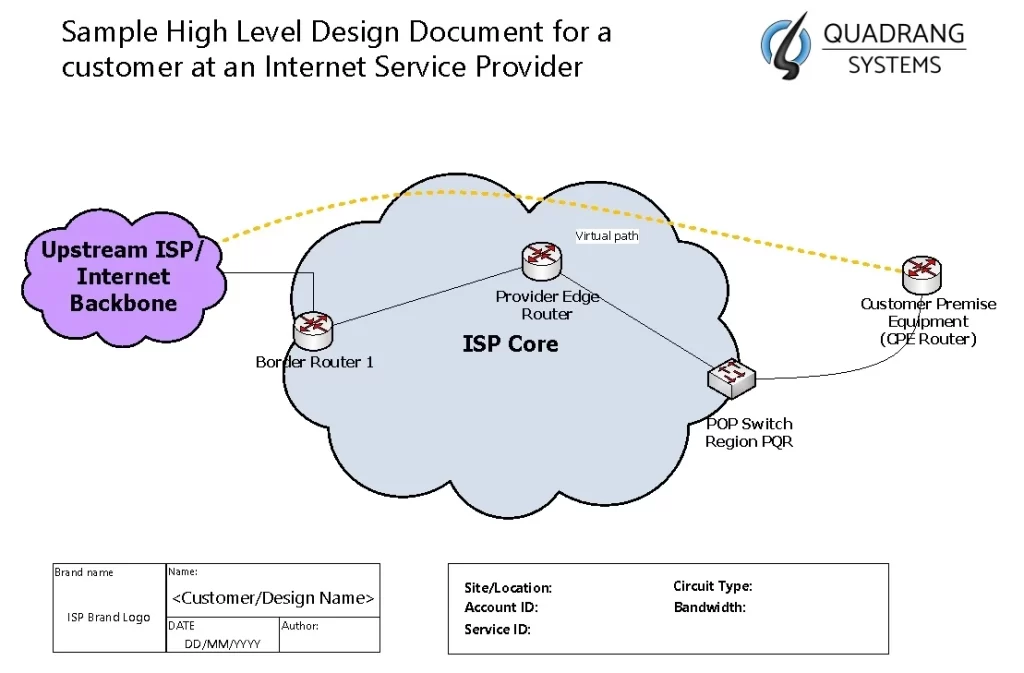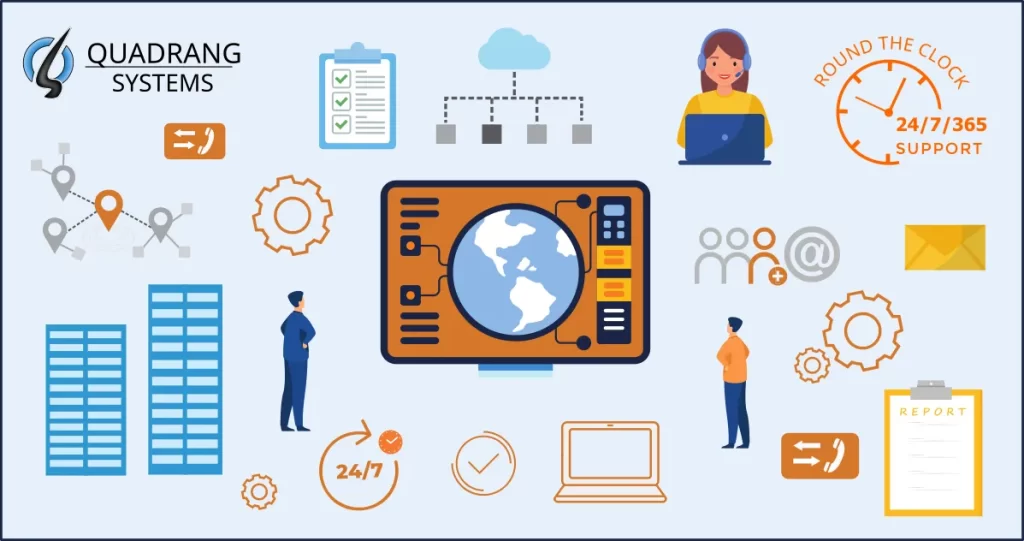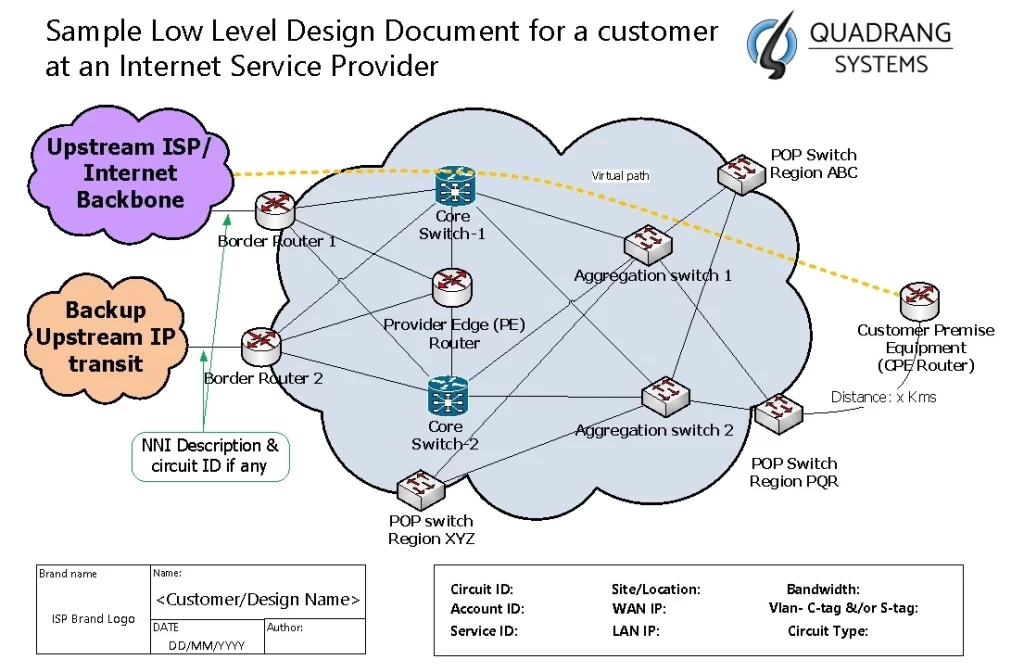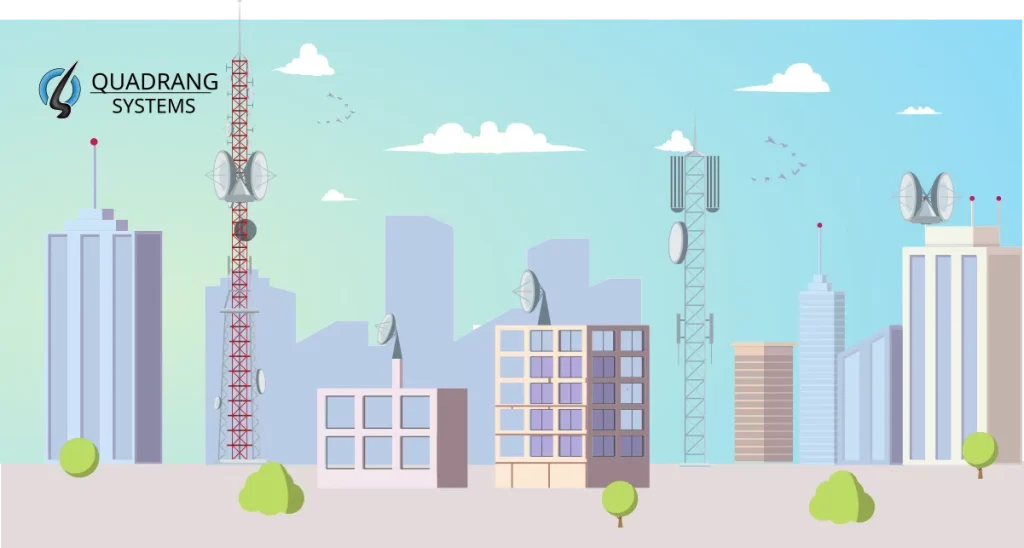3 Essential Tips for Emergency Maintenance in IT & Networks
Any Network Manager or a CTO at ISPs, Telecoms, Data Centers or at an large enterprise company will know how disruptive outages can be, even when they are short-lived. In this post, we’ll provide an inside look at how companies handle maintenance, especially the urgent and emergency ones and try to prevent larger network issues. Define what constitutes an emergency, how teams prioritize fixes, communicate with customers, and get services back up quickly. The goal of this blog is to educate and reassure readers how Networks have robust practices in place to deal with the inevitable but the customer’s connectivity running smoothly.
What classifies as an Emergency Maintenance Situation?
Anything in the network or IT infrastructure that is failing, shows signs of failure or has already failed, but not affected services can come under Emergency Maintenance – that is if it has to be fixed or replaced. Hardware failures like routers, switches, or fiber cuts can qualify as an emergency if they threaten connectivity for a large share of customers. Similarly failing disks on servers, failing network cards or power supplies in the rack also come under emergency. Infrastructure companies keep spare parts and standby components to quickly replace failing units. Technicians are staffed 24/7 to dispatch for hands-on repairs.
Above introduction talks about hardware, but emergency maintenance also has to be done to code, software applications or security devices and services to apply patches to avoid being hit by a cyber attacker or harden the devices. Natural disasters like floods, storms or earthquakes can damage above-ground and underground network and/or power infrastructure. Companies should have crisis plans for rapid deployment of portable network assets. Basically anything triggering large-scale customer outage or severe performance degradation must activate emergency protocols to restore services.
Emergency Maintenance Communications to Customers/Users
After the network logs/alarms have indicated a problem, the change management or the NOC team comes into action to prepare the list of customers or users who may be affected if the emergency works are not carried out in time. This list is also necessary for the customers/users to be notified of the urgent works which may affect their services or may be at risk during a window may be at risk.
Communication methods are mail-merge or a bulk email with or without SMS combined with calls if some customer may have to be notified on call. Since such type of works are unplanned and unscheduled, the customers/users do not have much option to reschedule it, and they have to mostly accept it with some alterations to the work time/window
Prioritizing and executing Emergency Maintenance
The very reason teams come to conclude for an urgent maintenance is because something already failed and caused and outage or some alerts or logs have indicated early signs of failure. Network and IT engineers can correlate the ill-effects these early signs can bring on, they they have to act quickly treating such cases as high priority or P1/Priority-1 cases before they cause an outage.
Next, the replacement equipment/gear is rushed from the stores/warehouse or procured from the vendor, as soon as possible. A field crew is readied for dispatch to the location of works and any the engineers assess if any pre-configuration or settings may be required for the hardware before it is deployed. If possible, the current working state of the network/server and services is recorded so as to compare it with the state after works are done. However please note that it may not always be possible to record the state.
Works start the the given date and time. The network and related and neighboring devices are monitored for the changes and logs while the works are being done. Engineers check if the desired function of the maintenance is achieved, and more importantly if there are not side-effects caused due to the maintenance. Finally, a basic check of the customers’/users’ services is done to assess if the services are working as usual. Then the maintenance is declared as complete and successful. Customers and users are given a chance to check and report for any faults they observe.
FAQs about Emergency Maintenance:
- What is considered emergency maintenance?
Emergency maintenance refers to any urgent, unplanned work needed to fix critical system or network issues causing major outage or service disruptions. This is opposite to routine, planned or scheduled maintenances - Why does emergency maintenance happen?
Emergency maintenance happens for events like hardware failures in critical network infrastructure, cyber attacks that slip past security systems, natural disasters damaging physical assets, and cascading software/systems failures from unforeseen software bugs or overload conditions. - How long does emergency maintenance take?
Emergency maintenance can take anywhere from 30 minutes for simpler fixes up to 12 hours or more for widespread physical infrastructure damage. On average, smaller localized outages may take 30 minutes to 2 hours to repair, medium multi-area outages take 2-6 hours and major region-wide issues take 6-12 hours. - Are customers notified about emergency maintenance?
Yes, customers are provided emergency maintenance notifications and updates via multiple channels including emails, SMS/text messages, calls, or sometimes social media posts. - How frequently does emergency maintenance happen?
With extensive redundancy and preventative measures, most emergency maintenance is rare, happening a couple times per quarter. Cyber attacks and natural disasters that require emergency maintenance occur every few years on average. Organizations work diligently to avoid service emergencies. - How can customers check for updates during an outage?
Customers can check for real-time outage and emergency maintenance updates by accessing their service, checking the social media feeds, checking text alert messages or calling the provider’s support line


